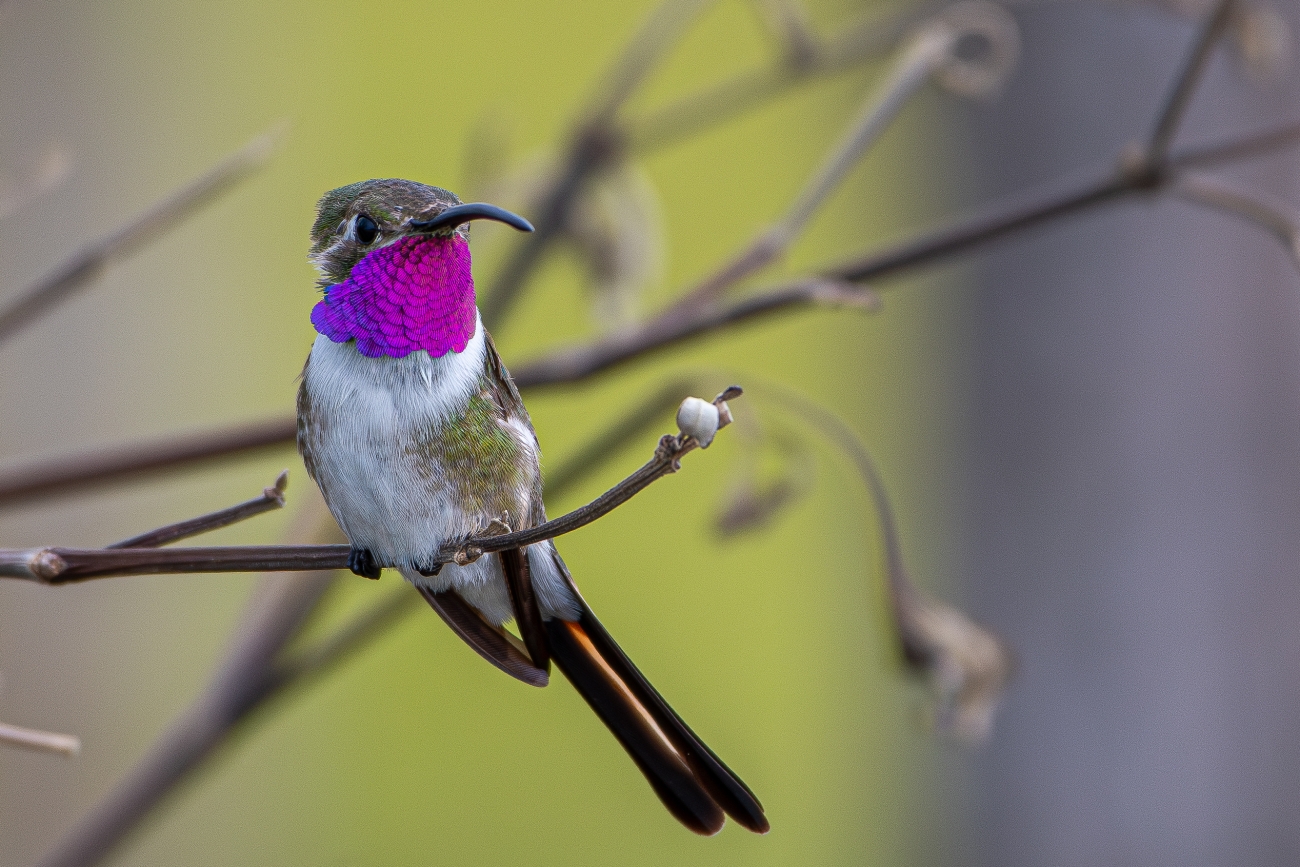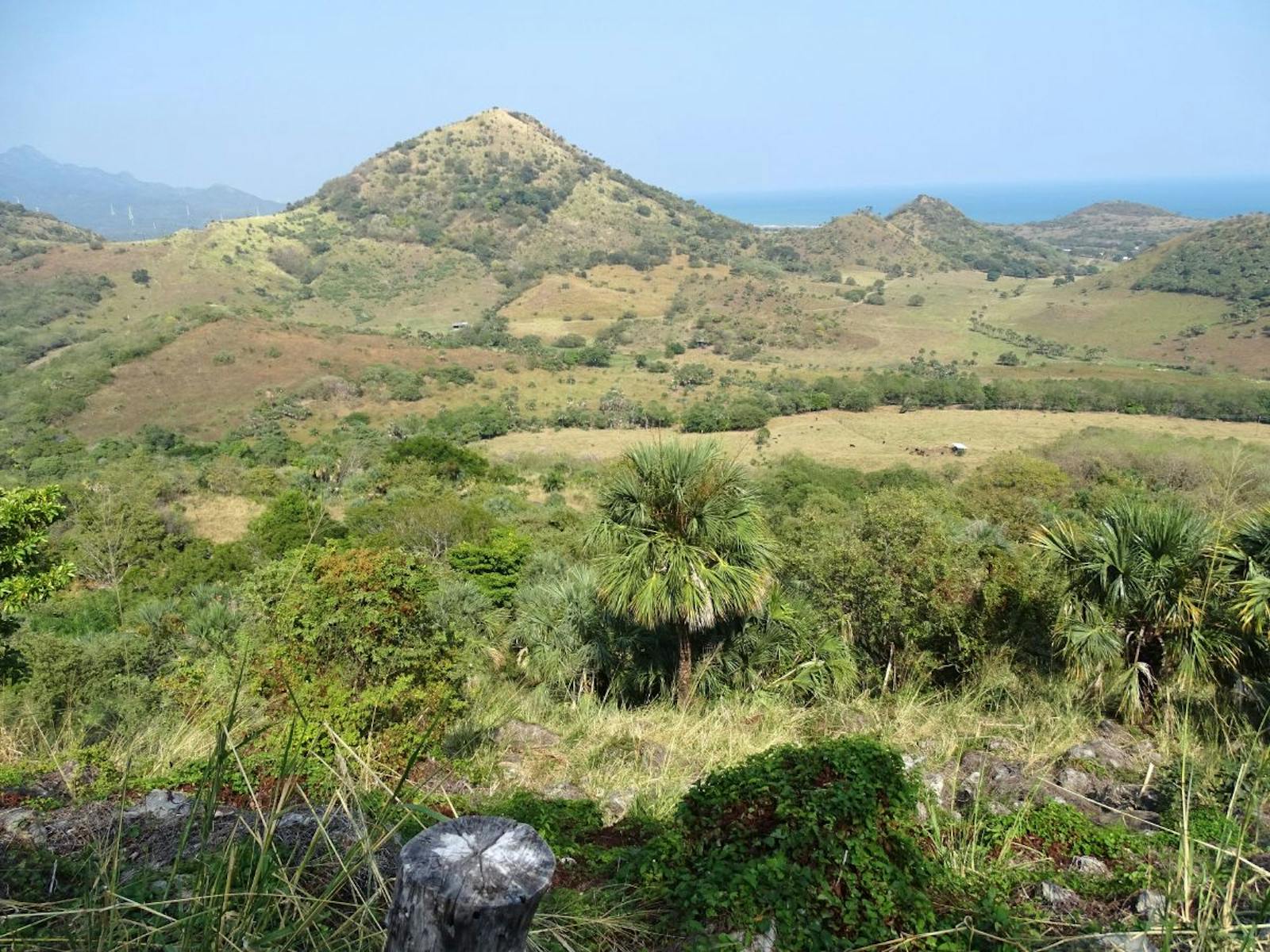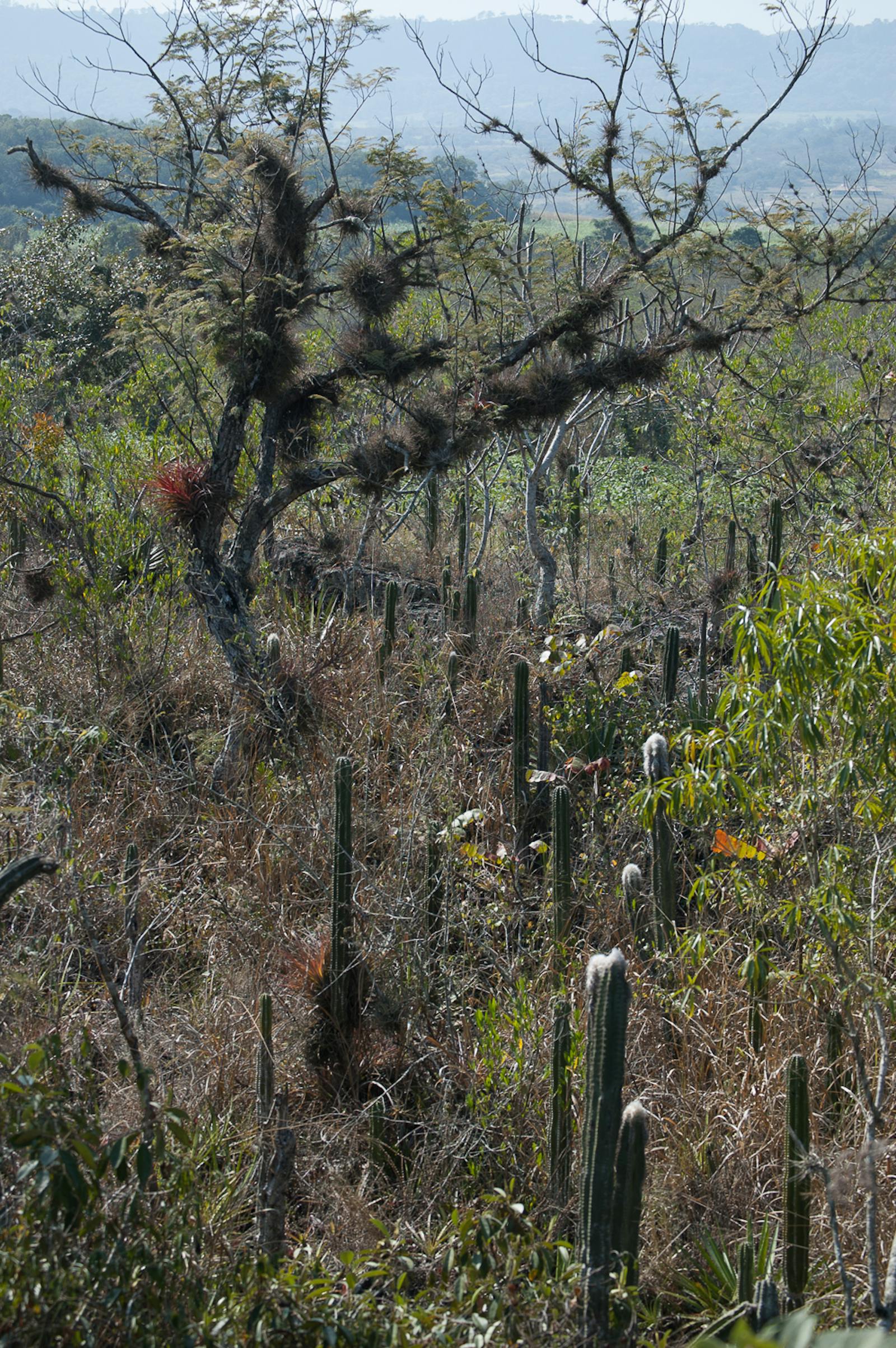Veracruz Dry Forests
The ecoregion’s land area is provided in units of 1,000 hectares. The protection goal is the Global Safety Net (GSN1) area for the given ecoregion. The protection level indicates the percentage of the GSN goal that is currently protected on a scale of 0-10.
Bioregion: Yucatan & Veracruz Mixed Forests (NT27)
Realm: Central America
Subrealm: Central America
Ecoregion Size (1000 ha):
665
Ecoregion ID:
550
Conservation Target:
11%
Protection Level:
4
States: Mexico
The Veracruz Dry Forest ecoregion is one of the few places left in the world where the critically endangered Mexican agouti (Dasyprocta mexicana) can be found. This mid-sized rodent feeds on fig, hogplum, and breadnut from the trees in the ecoregion. Their gnawing sharp front teeth are used to open large seeds. Agoutis are extremely important community members in forest ecosystems: not only are they medium sized prey for many carnivore species, large and small, they also help shape the forest tree community both as seed predators and seed dispersers. As an ecosystem engineer, the abundance of this species has a significant effect on the composition of forest vegetation by their selective predation and dispersal of seeds.
.jpg)
The flagship species of the Veracruz Dry Forests ecoregion is the Mexican agouti (Dasyprocta mexicana). Image credit: © Luis Guillermo via iNaturalist
The region is in the coastal plain of central Veracruz, north of the Santa Martha and San Andrés volcanoes. The climate is tropical dry, receiving less than 1,000 mm of rainfall annually. These characteristics allowed for the development of a dry forest along the coast, near Veracruz city. In this forest a long dry season forces the plants to shed their leaves completely for several months. Dominant tree species include golden trumpet, Jamaican dogwood, elephant ear, and rosy trumpet. Cacti are common in these forests, and include species of Acanthocereus, Agave, and Nopalea. Some epiphytes (non-parasitic plant growing on another plant) and shrubs occur as well.
The dry forests of Veracruz constitute an ecological island surrounded by tropical moist forests. They are also the northernmost tropical dry forests along the Mexican Caribbean coast. The region is considered among the richest regions for herpetofauna in Mexico. The forests constitute the preferred habitat for many birds, including migratory species that use the coastal environments of the region as a stopover along their migratory route. The avifauna of this region comprises over 280 species, of which approximately 85 are dry forests specialists.
There are approximately 100 species of mammals that use this habitat, including jaguar, white-tailed deer and many kinds of rodents and bats. Notable bird species include sharp shinned hawk, merlin, white-winged dove, lesser roadrunner, Mexican sheartail hummingbird, Couch’s kingbird, Swainson’s thrush, red-eyed vireo, magnolia warbler, and blue black grassquit.

Mexican sheartail hummingbird (Doricha eliza). Image credit: Ernesto Gomez, Public Domain
Most of the Veracruz dry forest has been eliminated. What was once dry forest has been replaced by scrub and secondary vegetation communities. Tree species that were once abundant in the region are now rare, as in the case of the once common and now very scarce Bursera cinereal. From 1900 to 1987, over 18,553 km2 of the forests in the state of Veracruz were logged, including major portions of the dry forest ecoregion.
Agricultural expansion has also eliminated vast extensions of forest. Large fields of fruit and coffee plantations substituted the original vegetation in much of this region which led to extensive erosion. There is one small protected area created to preserve some of the last remnants of dry forest in the state of Veracruz, which also serves as a Biological Station.
Human settlements in the region threaten the survival and integrity of the ecosystems. Pollution associated with human activities is severe and has affected the trees in the area. Also, the state of Veracruz is one of the major cattle farming regions in Mexico, sustaining huge herds grazing large tracts of land. This combined with subsistence farming in the area has led to habitat loss of the original forests. There is also a market for pyroclastic deposits, rock fragments from volcano eruptions, as a construction material in the building industry. This demand contributes to habitat destruction and perturbation of soils, diminishing the ability of forest to regenerate.
Priority conservation actions for the next decade:
- Increase protected area size and connectivity in the region.
- Enact restoration projects for native tree species.
- Encourage natural resource management practices in agriculture and cattle farming through local outreach programs.
-
-
1. Valero, A. Schipper, J. Allnut, T. 2019 Veracruz dry forests. https://www.worldwildlife.org/ecoregions/nt0233 Accessed February 6, 2019.
2. Ortiz-Pulido, R., H. Gómez de Silva, F.González-García, and A. Alvarez. 1995. Avifauna del centro de investigaciones costeras la Mancha, Veracruz, Mexico. Acta Zool. Mex. (n.s.) 66: 87-118.
3. Toledo, V. M., J. Carabias, C. Toledo, and C. González-Pacheco. 1989. La Producción rural en México: alternativas ecológicas. Colección Medio Ambiente 6. Fundación Universo XXI, México.
4. Vázquez, E., Emmons, L., Reid, F. & Cuarón, A.D. 2008. Dasyprocta mexicana. The IUCN Red List of Threatened Species 2008: e.T6285A12596623. http://dx.doi.org/10.2305/IUCN.UK.2008.RLTS.T6285A12596623.en. Accessed February 6, 2019. -
Cite this page: Veracruz Dry Forests. Ecoregion Snapshots: Descriptive Abstracts of the Terrestrial Ecoregions of the World, 2021. Developed by One Earth and RESOLVE. https://www.oneearth.org/ecoregions/veracruz-dry-forests/
-




